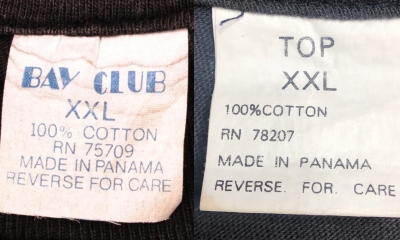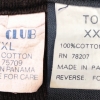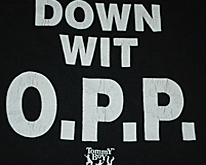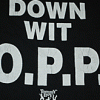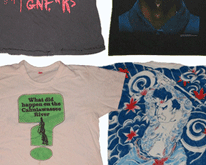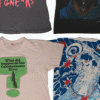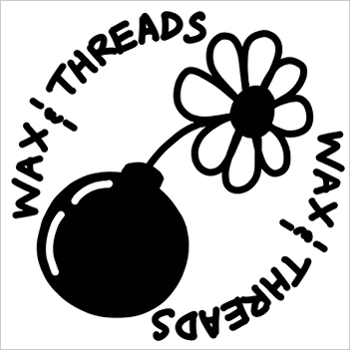Hip-Hop
The Crypto-Clueless Person’s Guide to Minting a Vintage T-Shirt as an NFT
FULL DISCLOSURE: I only started paying attention to NFTs about three weeks ago. I am not an expert on any of this, quite the opposite really, the vast majority of it still baffles me. I’m the clueless person referred to in the headline. I was just barely smart enough to mint a vintage t-shirt so I figured I would share my experience with the community.
This idea started when my pal Matt started talking about them and their potential in the world of vintage t-shirts. I pay attention when he’s spitballing ideas, he entered the vintage t-shirt game years before me. His first operation was called Vintage Retro Wear where he sold thousands of deadstock headshop rock tees (he’s quoted about this in our picker’s guide) before Defunkd was even a twinkle I’m my eye. The dude was even a runner-up in eBay’s Entrepreneur of the Year Award a couple of years before I was a candidate. In modern times he’s come to be known as T-Shirt Time Machine while he runs a few other successful businesses. That said, he’s also a humble guy who doesn’t have all the answers and is admittedly baffled by the techno-babble and digital hoops you need to jump through to get involved in this. But he will always be my Obi-Wan Coinobi.
You’ve probably read recent headlines about digital media being listed as an NFT and then sold for outrageous amounts. Now, the world of old-fashioned, physical collectibles, (you know the ones you can physically touch! Imagine that!), have started to embrace NFTs.
So is there potential for our beloved old t-shirts?
First things first.
What is an NFT?
It stands for Non-Fungible Token.
That probably doesn’t help. But “Non-fungible” basically means that it’s unique and can’t be replaced with something else. A bitcoin is fungible — if you trade one for another bitcoin, and you’ll have exactly the same thing. A t-shirt, however, is non-fungible. If you traded it for a different t-shirt, you’d have something completely different. NFTs are part of the Ethereum blockchain.
What the Hell is Ethereum?
Ethereum (ETH) is a cryptocurrency. It’s like bitcoin, but its blockchain supports NFTs, which store extra information that makes them work differently than just an Ethereum coin.
Wait, What Does Blockchain Mean?
Blockchain is a way of recording data that makes it impossible to change or hack. It’s basically irrefutable digital provenance. Once an NFT is minted, it and any transactions associated with it are distributed across networks on the blockchain.
WTF is Minting?!
Look, I can see you’re getting increasingly frustrated as we travel down the NFT terminology wormhole. But this is probably the easiest concept to grasp. Minting is basically listing an item on the blockchain. You upload the details and set the contract and voila.
How Will NFTs Apply to Vintage Tees?
That’s the million-dollar (541.20 ETH) question. Despite being around for almost a decade – it’s only in the last few years that they really started to pick up steam. No one is certain how it will all pan out but NFTs appear to be hitting their stride for stuff that exists in digital format. Maybe they won’t be a great fit for physical items. Or maybe it will take several years before they make sense for our niche collectible. But there’s undoubtedly a ton of hype surrounding NFTs right now so it’s the perfect time to have this conversation.
With that said, and still no clear understanding of it all, I decided to dive in and mint a t-shirt, which is a great crash course on NFTs. And what better shirt than the shirt that has fascinated the internet for over 15 years: This RUN DMC MY ADIDAS relic. One of the most sought-after and influential rap tees in the earliest days of the vintage t-shirt boom.
How to Mint a Vintage T-Shirt
Find a Reputable Cryptocurrency Exchange/Broker
You’re going to need to get your native currency into Ethereum. Do some research. Make sure they’re legit. Crypto is rife with scammers so be super careful. I used a service called Newton, but it’s Canadian-based, so poke around for a U.S. one if that’s where you are. I’ve heard a lot of good things about Coinbase.
You’re going to have to jump through a ton of digital hoops with this step – first in setting up your account and verifying your identity. In my case, I presented a government-issued photo ID to my webcam, then took a photo of myself. Not to mention anytime you log in there’s a 2-factor process. But this is all for your own good.
Add Funds to Your Cryptocurrency Account
This is another tricky part. Banks are actively blocking the majority of crypto transactions. Again, it’s so rife with scammers they are attempting to protect consumers. They also aren’t super enthused about an unregulated currency that’s not legal tender in any jurisdiction. Or that fact that customers are transferring their savings out of bank accounts and into a sector that they are largely not a part of.
I attempted to add funds via two different credit cards. Both were declined – and even calling the bank didn’t help. They won’t process these transactions, even if you tell them you approve and to proceed. So then I did an Interac transfer, which was also blocked. Not only had my bank blocked it, but so did Interac. I spent a little time on the phone where I was forwarded to a security agent who would only let the transaction pass after recording me saying “I authorize this.” 30 minutes later my funds arrived in my account.
Buy Ethereum
Decide what amount of your native currency you want to exchange into ETH and press go. I purchased $200 bucks worth of Etherium. It’s pretty volatile, you’ll see the price of ETH jumping up and down. Don’t get intimidated by this or try to time it. Just buy a small amount, around $100 worth should more than cover the cost of minting an item in the traditional format. The listings fees in this universe are known as “gas” and they can fluctuate quite a bit. From what I understand, “gas” prices go up when more people are minting items. But the gas concept is another aspect of this I haven’t fully grasped.
On Mintable you can submit a “gasless” listing that’s free, but you’ll still need a wallet attached to your account. I’m not sure whether or not you still need some ETH in your wallet as I haven’t tried a gasless listing yet.
Oh, and I’ve also been advised not to keep too much ETH in your wallet at any given time.
Add an Ethereum Wallet Extention to Your Browser
There’s a handful of trusted wallets you can use, I went with MetaMask. There’s even a Coinbase wallet if you chose to use them as your broker. Once you install the extension on your browser and pass the hurdles of setting it up – there’s a strip of code you use between the ETH at your crypto brokerage and your wallet – then the money is transferred instantly. Then once you’re minting, your wallet is running in the background so you’ll be able to complete a transaction.
Choose a Minting Platform
I briefly dug around on Rarible but ended up going with Mintable. It struck me as slightly more user-friendly. It appears as though Rarible only allows for one image per listing, whereas Mintable allowed me to upload 16, (perhaps more! I never tried.) And obviously, photos have always been an integral part of vintage t-shirt listings. The other advantage Mintable has is the unlockable file feature. Rarible allows for unlockable content, but this appears to be limited to a snippet of text, a link, or code, rather than an actual file. More on this later.
Minting a T-Shirt
At Mintable you start the listing by selecting:
- Mint an Item
- Create a New Item
- Then you choose between “Traditional” or “Gasless”
Gasless means there are no fees, but it also means, as Mintable states: “Users definitely need to promote their items if they mint gaslessly because there is so many other items. Just the same for rarible or opensea – if you don’t promote it – you’ll never sell it.” So it sounds like the item won’t get any visibility. It would basically be like using eBay or Etsy but not showing up in any searches on the platform.
But given vendors these days are promoting their own items via their social accounts, this is amazing. The gas fees have been criticized as being a barrier for people to enter the world of NFTs so this could be key to mainstream growth. It also means you can dive into minting with no zero fees.
I selected ‘traditional’ for my listing because I wanted more visibility for this particular item. But whichever method you choose the listing modules are nearly identical.
On the right-hand side, you can toggle between ‘Advanced’ and ‘Easy.’
Select advanced – this allows you to enter tags, as well as the option to make the item resellable.
Then you’ll have to select what you’re listing:
What kind of item are you making?
Select “Collectibles”
Most of it is pretty straightforward if you’ve ever listed something on eBay or Etsy, it will seem very familiar.
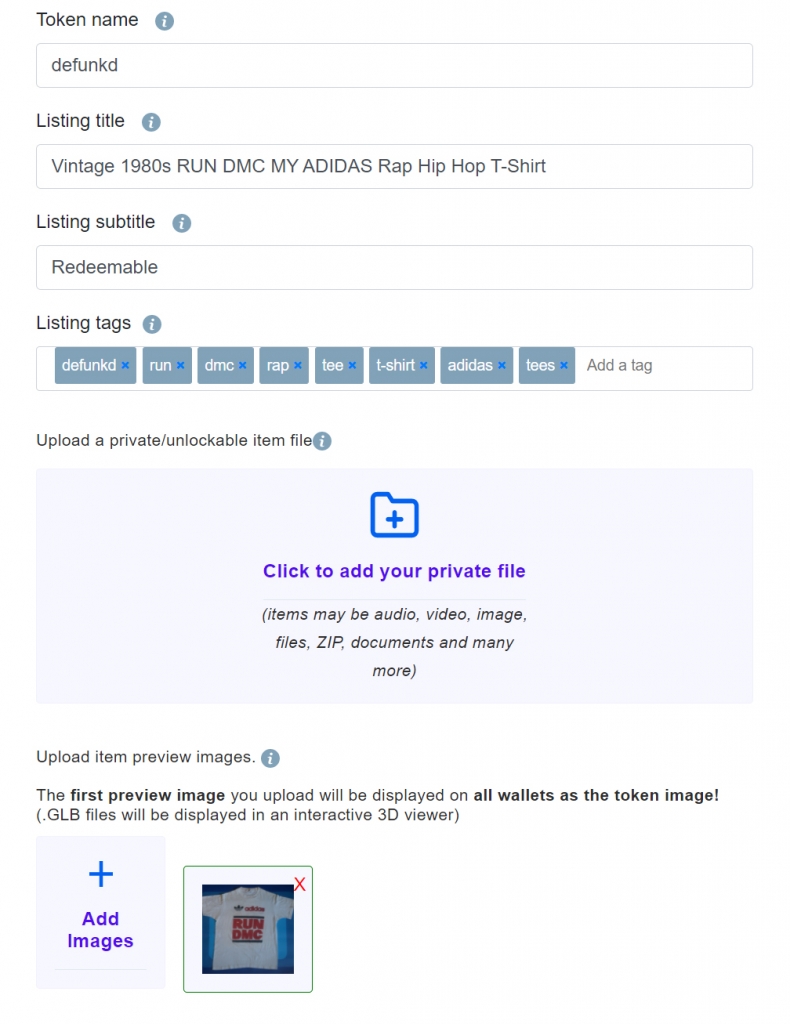
I added a “private file” which is a zip of more hi-resolution photos that were not included in the public view of the listing. I also included a .txt file that clearly outlines a few of this item’s hallmarks that the buyer could use to verify the shirt in the listing is the same as the physical shirt.
There are a few things you’ll have to decide before you’re ready, and some other stuff you’ll likely skip because you have no idea what it means, like this section, I left blank:
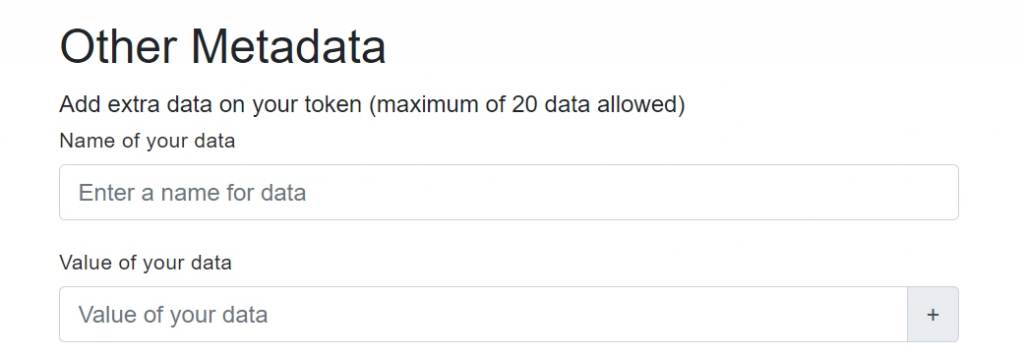
The item description field is fully loaded, you can style it, include media, and insert links. I took the opportunity to trace the history of this t-shirt via Archive.org, annotating the claims with links to sources.
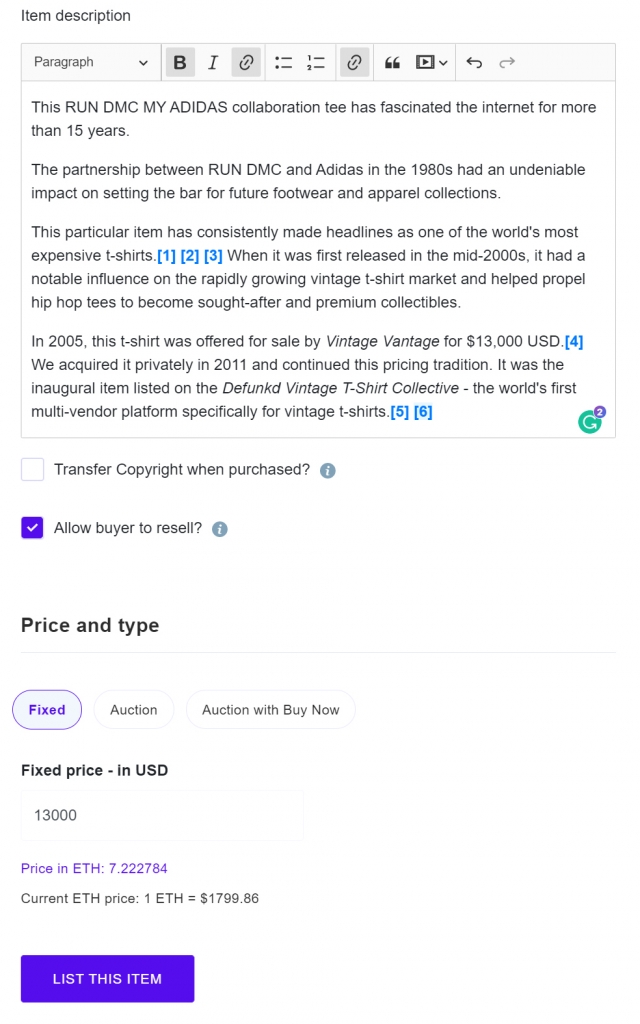
I chose not to transfer the copyright, mostly because I wasn’t certain how that applies when both Adidas and RUN DMC properties are in the listing.
But I did opt to allow for the buyer to resell. I didn’t see any place to set a royalty, and I was fine with not having one. But after I listed it I contacted Mintable about royalties and was told that you need to set up a Mintable store to bake a royalty into the listing. A royalty is interesting because you would get a percentage of all future sales. Setting up a store gets more expensive (I experimented with it and the gas fees were $1000!) and it also opens up a whole new digital can of worms, but it might be something to consider if you plan on listing regularly.
Once I had everything loaded in, I tripled checked, and submitted the listing. It was particularly intense because you can’t go back in and edit the details – remember, that’s the security of the blockchain – you can’t edit stuff once it’s up.
The final price tag to mint was about $80 USD to mint.
Is there a future for Vintage Tees as NFTs?
I can’t wrap my head around the idea that people would be interested in buying just the digital image of a vintage t-shirt. I think in certain instances minting a vintage t-shirt as a redeemable NFT could be worthwhile. If we can connect a physical t-shirt to the blockchain, this could come in handy in terms of authenticity and provenance. At some point, the owner of a t-shirt could trace the shirt’s origins back to a trusted vendor, and the token can operate the same way an old-fashioned certificate of authenticity works, only far more detailed and secure. For example, if a tee came from the collection of Mick Jagger and if then it passes hands multiple times over the years, the current owner and subsequent ones would be able to trace its path and verify the shirt matches the one that was listed.
(BTW, There’s an app for that!)
And that’s why I chose to mint the RUN DMC t-shirt because it has a story, and it’s not just about this print, it’s about this exact t-shirt and its history. That’s why I thought adding a zip file filled with additional images was important- the buyer can verify they are getting this exact tee in the listing – complete with its game-changing provenance.
One nifty feature was the ability to have my NFT appear across other marketplaces. With next to no effort my listing also appeared on Rarible and Open Sea (which has been described as the eBay for NFTs.) Imagine being able to seamlessly list your items across all marketplaces in one fell swoop?
What are the drawbacks? Listing anything for sale online is a pain in the ass. I can say that with authority given I’ve listed at least 10,000 unique items on eBay. This is coming at a time when there’s been a listing-less trend in our community with live vintage t-shirt auctions gaining massive popularity. And this listing was far more intense and time-consuming. Also, the vast majority of people just don’t have crypto laying around to make purchases so it’s not currently mainstream enough, entering this digital realm is a barrier to purchase.
These are just my initial impressions while going through the process. I’ll probably look back on this in a year and think, well, I was wrong. But, hey, we’ve got to start somewhere.
Have a look at the final listing right here. She’s a beauty!
Was this vintage t-shirt listing a historic one or a colossal waste of time?
Jimmy founded Defunkd in 2004 when he started selling vintage t-shirts online. 20 years of experience later and he hasn't looked back since. Actually, he looks back all the time given he's a sucker for nostalgia. For more, check the history of Defunkd and Jimmy's Expertise.
- Jimmy Jhttps://www.defunkd.com/author/admin/
- Jimmy Jhttps://www.defunkd.com/author/admin/
- Jimmy Jhttps://www.defunkd.com/author/admin/
- Jimmy Jhttps://www.defunkd.com/author/admin/




